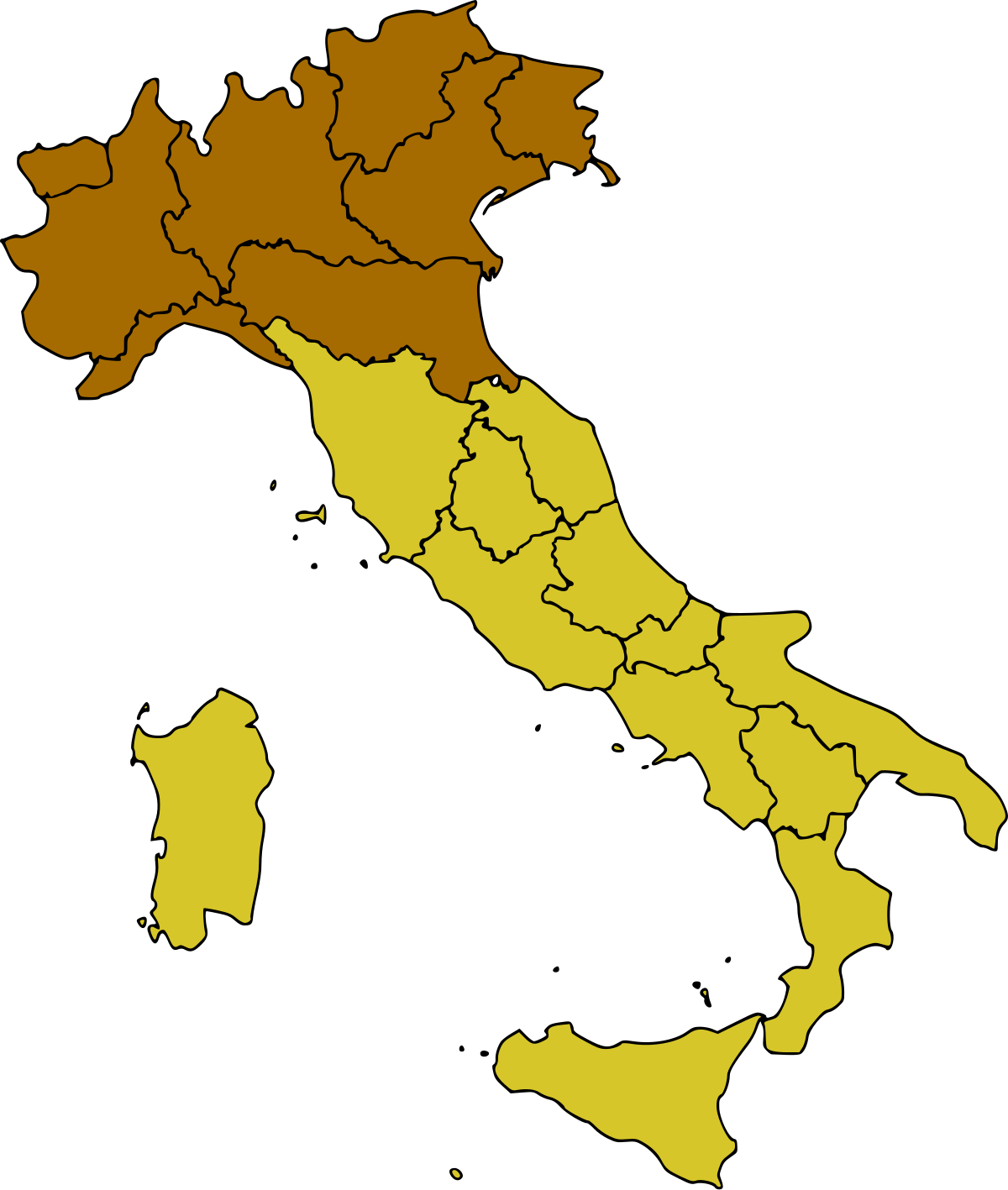
Northern Italy
Northern Italy, comprising the regions of Piedmont, Aosta Valley, Liguria, Lombardy, Trentino-Alto Adige, Veneto, Friuli-Venezia Giulia, and Emilia-Romagna, encompasses approximately 40% of Italy's territory and houses 46% of its population. It is home to bustling metropolises like Milan and Turin. With a GDP of €1 trillion in 2021, Northern Italy generates over 56% of the national economy.
Distinct Cultural Heritage
Northern Italy boasts a rich and unique cultural heritage. It is home to 37 of Italy's 59 UNESCO World Heritage Sites. The region is characterized by Gallo-Italic and Rhaeto-Romance languages, distinct from the Italo-Dalmatian languages prevalent in the rest of the country. Venetian, often associated with the Italo-Dalmatian branch, is classified by some as Gallo-Italic.
Historical Evolution
Historically known as Cisalpine Gaul, Northern Italy was conquered by the Roman Republic and became a Roman province in the 1st century BC. After the fall of the Roman Empire, it came under Lombard, Frankish, and Holy Roman Empire rule. By the 11th century, the region was divided into a multitude of city-states, giving rise to powerful Lombard Leagues.
In the Renaissance, Northern Italy became a center of cultural innovation. City-states like Florence, Venice, and Milan fostered the rise of humanism and the arts. The Italian Wars of the 15th and 16th centuries brought Northern Italy under Spanish and Austrian control.
Unification and Economic Prosperity
In the 19th century, Piedmont played a pivotal role in Italian unification, which occurred in 1861. Northern Italy became the industrial and economic powerhouse of the newly formed kingdom. Its major cities emerged as hubs of manufacturing, finance, and fashion.
Geography and Climate
Northern Italy is primarily located in the Po Valley, bounded by the Alps to the north and the Apennines to the south. The region is known for its vast plains, which are drained by the Po River. The Alps include some of the highest peaks in Europe, including Mont Blanc.
The climate of Northern Italy is humid subtropical in the plains and humid continental in the mountains. Winters are typically long and cold, while summers are warm to hot. The region experiences moderate to abundant precipitation throughout the year.
Pollution
Northern Italy faces significant air pollution due to high industrialization and geographical constraints. Pollutants often become trapped due to the lack of wind, resulting in dense smog. The Po Valley has been identified as one of the most polluted areas in Europe.
Cuisine and Culture
Northern Italy is renowned for its diverse cuisine, with each region offering unique specialties. Ligurian cuisine emphasizes seafood and fresh herbs, while Venetian cuisine includes hearty dishes like risotto and polenta. Lombard cuisine is known for its use of butter and dairy products, while Emilia-Romagna is famous for its egg-based pasta and balsamic vinegar.
The region boasts many cultural attractions, including ancient cities like Verona and Bologna, picturesque lakes like Garda and Como, and world-class ski resorts like Cortina d'Ampezzo. It is also home to numerous UNESCO sites, including the canals of Venice and the Dolomites.